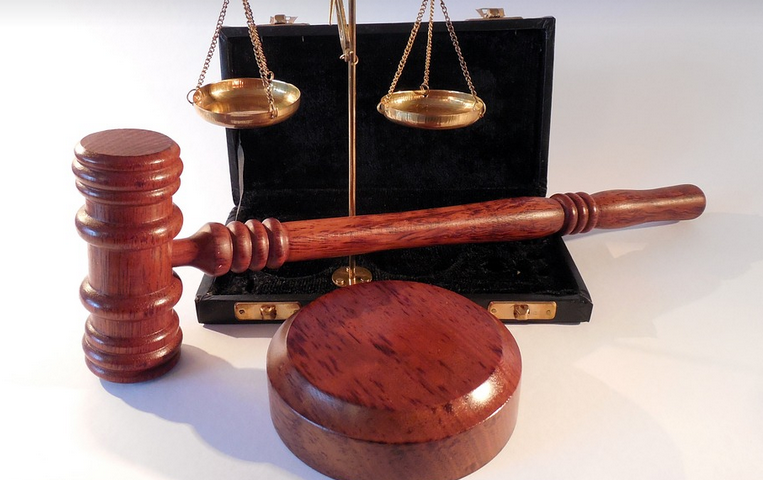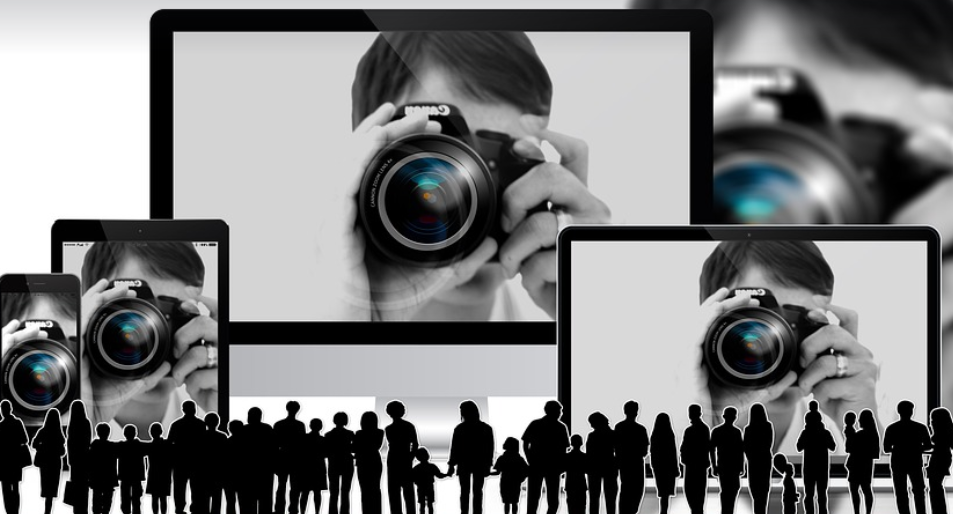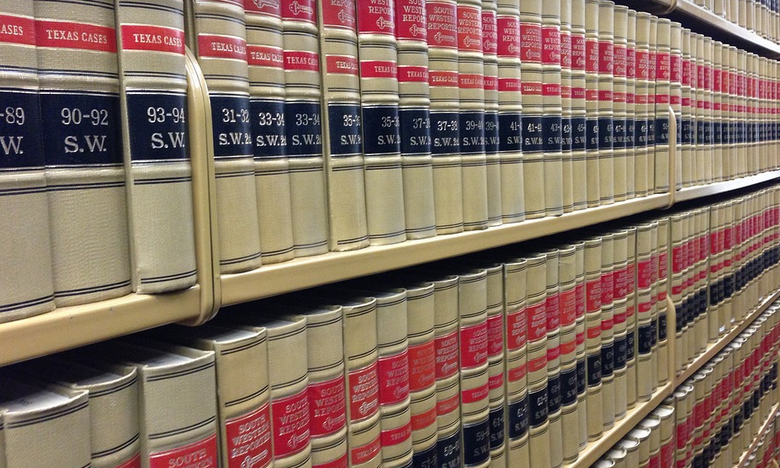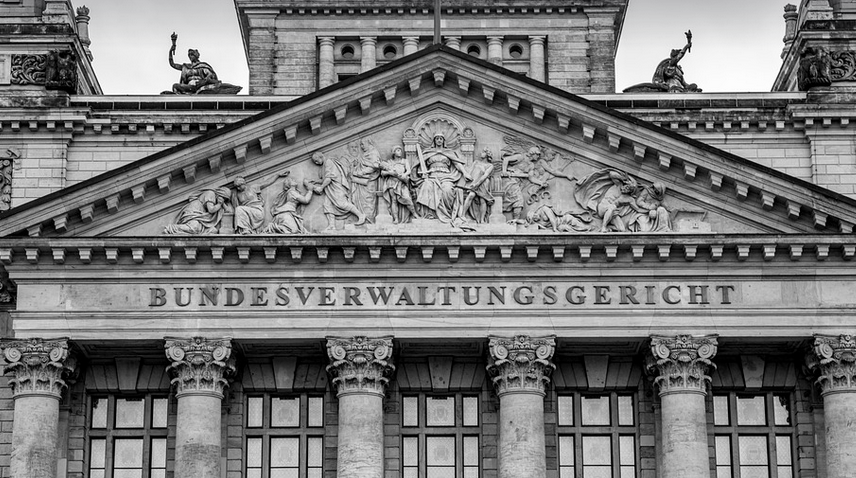What is Anti-Surveillance Clothing?
In a world increasingly obsessed with data collection and constant monitoring, it’s becoming more important than ever to safeguard your privacy. This isn’t just about dodging government agencies – it’s about protecting yourself from everyday surveillance, including your thoughts, actions, and even your appearance.
Anti-surveillance clothing is a broad term referring to clothes designed with specific features that hinder the ability of agencies, businesses, or individuals to track, analyze, or identify people. It’s about blending in, minimizing visual and acoustic signatures, and giving you more control over how information about your movements and behaviors can be obtained.
These clothes are often inspired by a variety of factors: from the need for anonymity while traveling in public spaces to protecting yourself from potential harassment or even just wanting to feel more independent in your everyday life.
The goal is not to turn you into a walking enigma, but rather to empower you with tools that make you invisible – at least for those who don’t already know the ins and outs of covert technology.
You might think about it as wearing a metaphorical shield while navigating the world. Whether you’re a concerned citizen, an investigative journalist, or just someone who wants a little more control over their privacy, anti-surveillance clothing can provide that added layer of security.
Choosing the Right Clothes for Your Needs
The world of anti-surveillance clothing is vast. There’s no one-size-fits-all approach. The best options for you will depend on your unique needs and circumstances, whether it’s protecting yourself from corporate espionage or simply trying to avoid unwanted attention while riding your bike.
Think about the following factors:
- Purpose: What are you aiming to achieve with this clothing? Are you looking for anonymity in a public space, protection against surveillance cameras, or something more subtle?
- Environment: Where will you be wearing these clothes? Will it be predominantly urban environments, rural areas, or outdoor spaces?
- Comfort and Style: The clothes should be comfortable to wear for extended periods of time and match your personal style. It’s about finding the balance between function and fashion.
- Durability: Choose clothing made from durable, long-lasting materials that can withstand everyday wear and tear, especially in situations where you might need it most.
For example, if privacy is your primary concern while commuting, a jacket with hidden pockets for storing essential documents or a set of dark-colored pants to blend into the background are good options. But if anonymity is your goal while attending protests, specialized clothing designed to disrupt cameras and signals could be necessary.
Examples of Anti-Surveillance Clothing
The world of anti-surveillance clothing is constantly evolving with new technologies and techniques. Here’s a glimpse into some popular options:
- Dark Colors: Black, gray, navy blue, and other dark colors are naturally inconspicuous against light backgrounds, making them perfect for blending in.
- Minimalist Design: Clothing with minimal designs and logos is less likely to attract attention from surveillance devices. A few well-placed pockets or straps can add functionality without looking like a security feature.
- Fabric Choices: Natural fabrics, such as linen or cotton, offer excellent breathability and flexibility while being hard to track through infrared sensors.
- Technical Materials: High-tech clothing options might use materials with special properties that can make them difficult to track. These could include anti-reflective coatings on the fabric for cameras, or light-absorbing patterns to minimize their visibility in different environments.
Key Features for Enhanced Privacy
The following features are often incorporated into anti-surveillance clothing to provide additional protection:
- Camouflage Patterns: These can help you blend into the environment, making it harder to identify you through visual surveillance.
- Hidden Pockets and Compartments: These offer discreet storage for essential documents or small valuables while minimizing any potential threat from cameras.
- RFID Blocking Technology: This feature helps prevent electronic eavesdropping by blocking the electromagnetic signals used in RFID tags, such as those commonly used for credit cards and identification badges.
- Microfiber Fabric: Microfiber fabric is known for its ability to be nearly invisible under infrared light or traditional cameras, making it a key part of anti-surveillance clothing.
This list offers just a glimpse into the world of anti-surveillance clothing. As technology advances and our understanding of privacy expands, we can expect to see even more innovative options emerge in the years to come.
Where to Find Anti-Surveillance Clothing
Finding the right clothes for your needs involves finding reputable sources that prioritize both quality and ethical practices. Here are some places you could look:
- Online Retailers: Numerous online stores specialize in anti-surveillance clothing, offering a wide range of options to meet specific needs.
- Specialized Clothing Shops: Some independent retailers offer clothing designed for specific purposes or concerns. These shops often have knowledgeable staff who can advise you on the best choices for your situation.
- Ethical Manufacturers: Look for brands and manufacturers who prioritize ethical sourcing and production methods, ensuring that their clothing is made with minimal environmental impact and respect for workers’ rights.
Before making a purchase, researching and comparing options will help you find the best fit for your lifestyle, budget, and specific privacy concerns.
Conclusion: Embrace a World of Privacy
Anti-surveillance clothing is more than just a fashion statement; it’s a tangible expression of our desire for greater control over information about ourselves. By choosing clothes that make us less noticeable in public spaces and protecting our identities, we empower ourselves to live our lives with more freedom and confidence.
As technology continues to evolve at an unprecedented rate, the importance of privacy will only increase in the coming years. This means staying informed about new developments, adapting your approach as needed, and finding ways to maintain your autonomy within a world where data is constantly being collected and analyzed.
Remember, you’re not alone on this journey. As individuals and communities, we all have a role to play in shaping the future of privacy.



